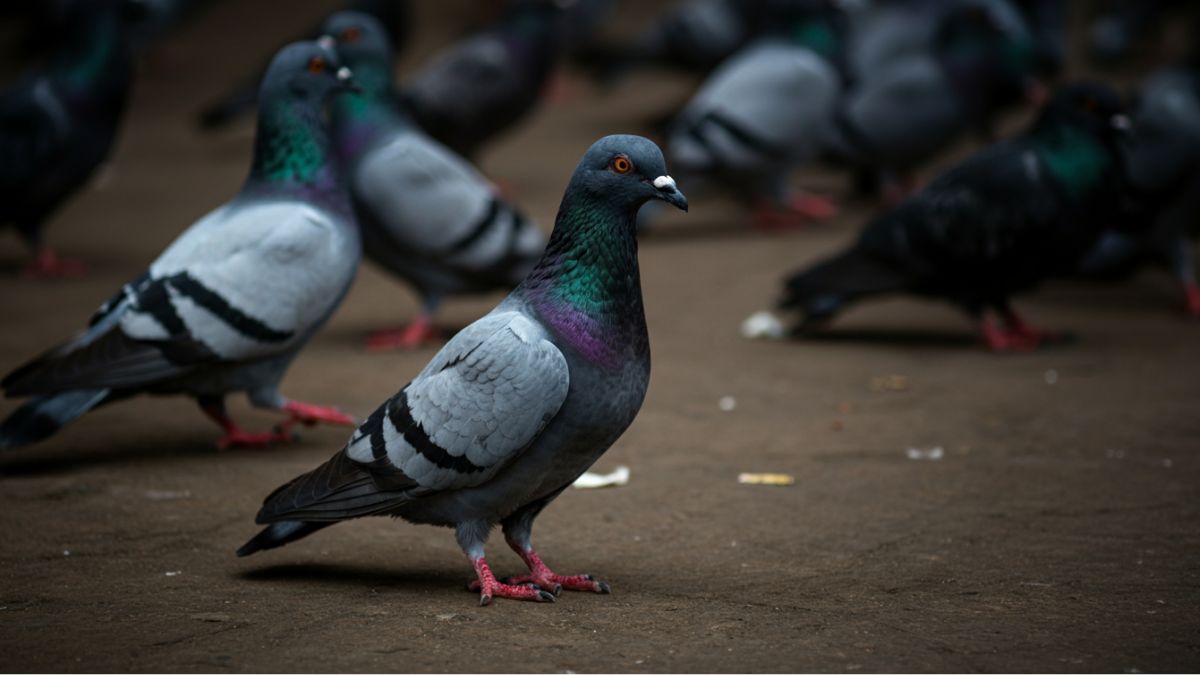What is pigeon lung? Mumbai cracks down on pigeon feeding amid mounting health concerns

For decades, Mumbai’s skyline has been punctuated by more than just high-rises and the Arabian Sea—it’s also been dominated by pigeons. These ubiquitous birds, often seen fluttering around building windows, balconies, and public chowks, have recently come under civic scrutiny as concerns mount over the health and environmental hazards they pose.
On July 17, the Brihanmumbai Municipal Corporation (BMC) issued a fresh advisory warning residents against feeding pigeons in public spaces. The advisory was part of a renewed drive to curb the pigeon population and minimise the risk of hypersensitivity pneumonitis (HP)—a serious lung condition increasingly linked to prolonged exposure to pigeon droppings.
Doctors across the city, particularly pulmonologists, have raised the alarm about a surge in cases of HP, colloquially referred to as "pigeon lung." “We’re seeing patients, especially the elderly, develop chronic respiratory symptoms that stem from bird droppings, particularly pigeons,” says Dr Ramesh Shah, family physician based in Mumbai. The symptoms mimic those of tuberculosis—persistent cough, breathlessness, and fatigue.
Building societies have reported clogged drainage pipes, damaged AC units, and constant messes on balconies and parapets due to pigeon nesting. “We’ve tried everything—from netting to spikes—but these birds just keep coming back,” says Tina Sachdev, a housing society secretary in Prabhadevi.
At kabutarkhanas like the ones in Dadar, Bhuleshwar, and Kalbadevi, daily feeding rituals are part of local tradition. But the civic body is now addressing a growing urban hygiene crisis and an order has been passed to close down all the kabutarkhanas in the city.
In a significant move, the BMC is now actively enforcing Section 244 of the Mumbai Municipal Corporation Act, which penalises feeding of pigeons in unauthorised public areas.
"Pigeons can lead to various health problems primarily due to the diseases they carry and the droppings they produce. Their droppings can harbor pathogens which can cause respiratory issues and gastrointestinal infections in humans. Prolonged exposure to pigeon droppings, especially in enclosed spaces, can result in allergic reactions and conditions like pigeon breeder's lung, a type of hypersensitivity pneumonitis," says Dr Samir Garde, Director of Department of Pulmonology and Lung Transplant, Gleneagles Hospital, Parel.
"Additionally, pigeons can contribute to unsanitary conditions, attracting other pests like rodents, which can further complicate health risks," he adds.
To address these issues, experts suggest that comprehensive management strategies should be implemented. First, public education campaigns about the risks associated with feeding pigeons and the importance of maintaining clean environments can be beneficial. Regular cleaning and maintenance of public spaces, especially where pigeons congregate, can help minimise health risks.
Animal welfare groups have pushed back, stating that rather than penalising citizens, the BMC should invest in population control methods such as pigeon birth control pills.
As Mumbai continues to grapple with flooding, crumbling infrastructure, and overcrowding, pigeons, which were once a symbol of peace, are now seen as a nuisance.
For now, the city waits to see whether this crackdown takes flight—or ends up as just another advisory.
Health